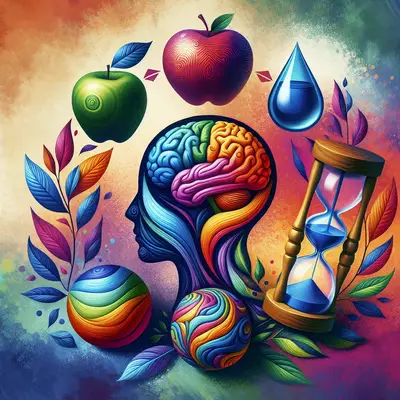Understanding 'Bigorexia'
Bigorexia often begins in adolescence and is frequently linked to societal pressure and media influence that glorify muscular bodies. Individuals afflicted with this disorder may resort to excessive gymming, extreme dieting, and even steroid abuse, putting their health at significant risk.
Recognizing the signs
Early detection is crucial in managing and treating 'Bigorexia.' Warning signs include obsessive behavior around workouts and diet, dissatisfaction with body image despite being muscular, and social withdrawal due to gym commitments or fear of appearing too small.
Open conversations
Begin the dialogue about 'Bigorexia' with your teens by discussing healthy body image and the dangers of extreme bodybuilding practices. Create a safe space for them to express their fears or insecurities about their bodies, and ensure they understand the importance of body diversity.
Professional help
If you suspect your teen is showing signs of 'Bigorexia,' seeking professional help is essential. Psychologists, psychiatrists, and other mental health professionals can diagnose the condition and develop a tailored treatment plan which often includes cognitive behavioral therapy.
Promoting a balanced lifestyle
Encourage your teens to focus on overall health and well-being rather than physical appearance. Regular workouts are beneficial, but they should be balanced with a healthy diet, adequate rest, strong social connections, and mental health support.
Conclusion
'Bigorexia' is a severe mental health disorder that often goes unnoticed due to societal glorification of muscular bodies. Acknowledging its existence and understanding its signs are the first steps towards combating this condition. Open conversations and professional help can help affected individuals navigate their way towards recovery and a healthier body image.



